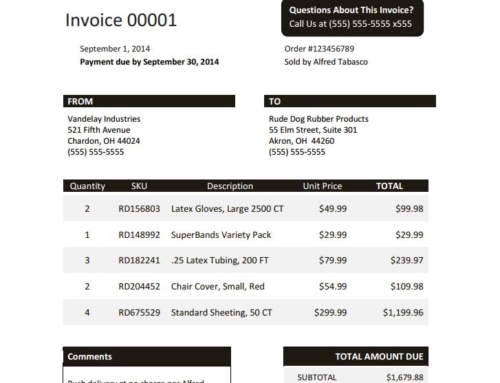Accounts receivable has been an option for businesses to purchase and increase cash flow for longer than it even had a name. Of course, the methods have changed and refined throughout history, but it has long been an option for a company to purchase goods and pay for them flexibly later. We’re going to take a look back in history at where and when accounts receivable was founded and how it has evolved to become what we know it as today.
2000 B.C.
The founders of accounts receivable, the Mesopotamians created a form of factoring similar to what we use today, by allowing businesses to purchase goods and pay later. The first official rules of accounts receivable were made available in the Code of Hammurabi.
1300s-1400s
Accounts receivable takes shape in England and becomes a more popular business route in the clothing industry. Clothing items coming to England were often traveling far distances and the transporters would have had to wait to get paid once the delivery was made. With the introduction of accounts receivable financing, the transporters were able to get paid a portion of the pay immediately, which covered costs for equipment and supplies.
1600s
The colonists of the “New World” used accounts receivable in order to make a living off of the available raw materials they have discovered. The colonists would ship tobacco, fur, cotton and timber back to England. The colonists would offer cash advances based on the strength of the customers’ accounts receivable.
1800s
Thanks to the industrial revolution, accounts receivable financing became even more popular. Extenders of credit began looking at the “credit-worthiness” of a customer.
EARLY 1900s
Industries like textiles, garment and transportation started using accounts receivable as a major source of their financing. They began using factoring as a way to continue to purchase their raw materials. Accounts receivable financing allowed them to deal with long sales cycles when transportation and distribution of goods was not yet quite reliable.
1940s
Some U.S. banks begin offering accounts receivable factoring options, as opposed to just a business to business model. Factoring reaches a volume of $2.5 billion in 1948.
1970s-1980s
Since banks joined the factoring business, interest rates began to climb exceedingly high and regulations tightened. As a result, private accounts receivable factoring companies started to grow.
TODAY
Thanks to increased technology, it is even easier for small and mid-sized businesses to offer credit extensions without the use of a bank. Cloud-based accounts receivable management software allow companies to man the accounts receivable department at a lower cost, while offering more services.




